
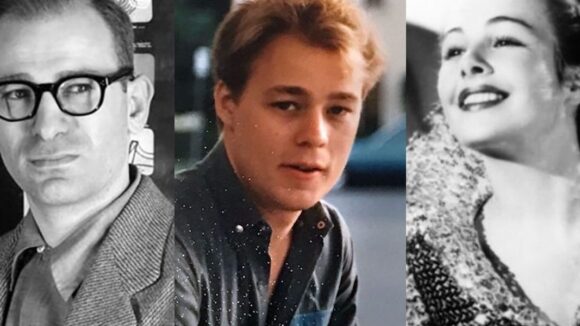
In Memoriam: Remembering The Animation Industry Figures Who Died In 2020
The past 12 months, in which the spectre of disease and death loomed over everything, saw Cartoon Brew chalk up a sad record: we have never published so many obituaries in one year.
None of these deaths were attributed to Covid-19. Yet during a period when light relief was needed more than ever, we instead found ourselves mourning a stream of departed talents who left their mark on our industry — animators and cartoonists, directors and producers, voice artists, dancers, and basketball players; famous and under-appreciated; old and young.
Here are the deaths we documented in 2020:
Roman Arambula, Mexican artist who drew Mickey Mouse (b. 1936)
Arambula started his varied career in his native Mexico, working on storyboarding, layout, and backgrounds, and animation for outsourced U.S. productions. He later moved to the U.S. and worked his way to the heart of the industry, ending up in layout and animation at Hanna-Barbera.
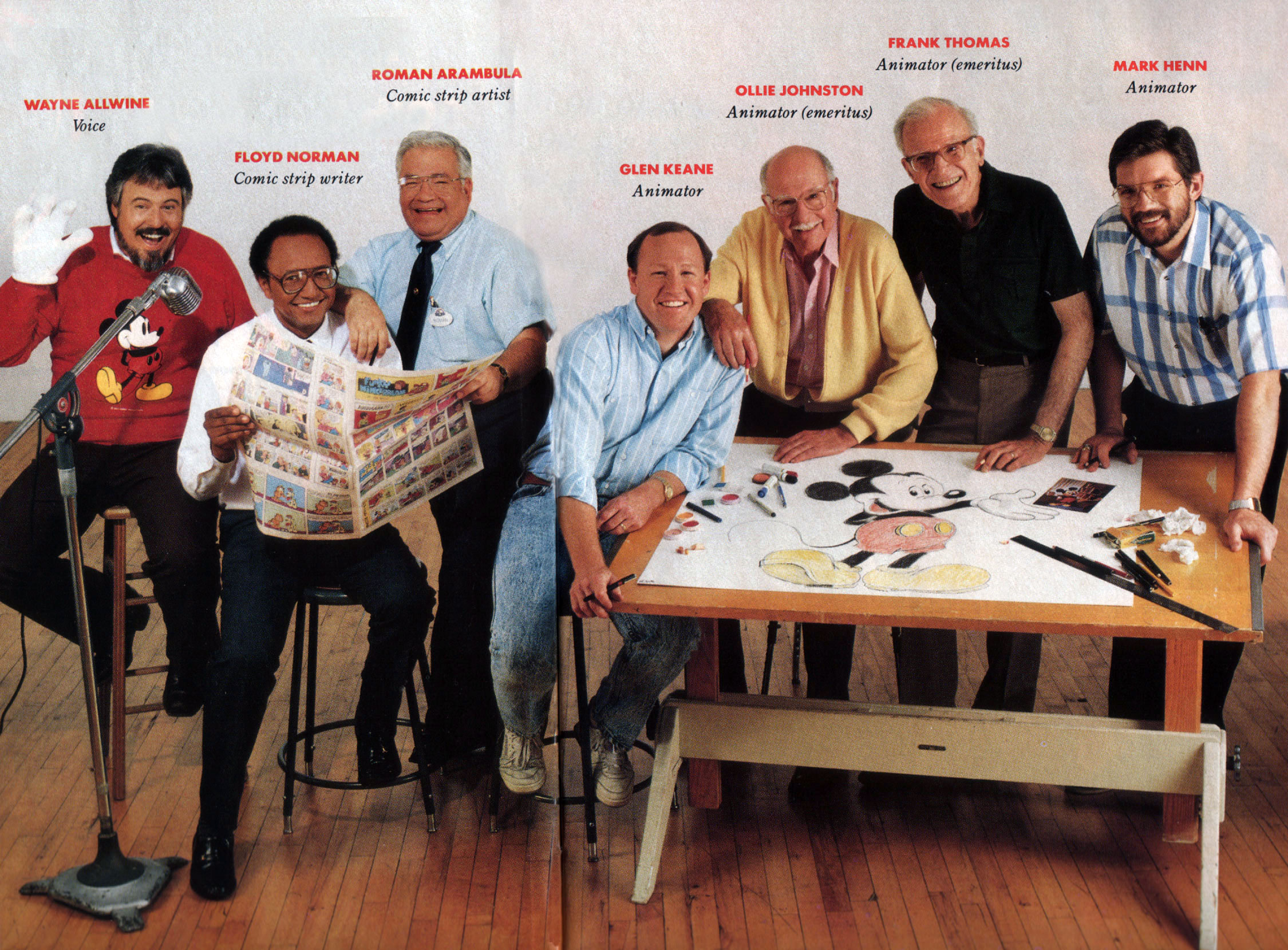
From the mid-1970s, Arambula started drawing Donald Duck comic books for Western Publishing, before becoming the principal artist on the syndicated Mickey Mouse comic strip. He continued to draw it until 1990.
Read our full obituary here.
Kelly Asbury, director of Shrek 2 and Spirit: Stallion of the Cimarron (b. 1960)
In a 38-year career, Asbury contributed in various capacities — mostly in the story department — to over two dozen animated features, including Shrek, Toy Story, Frozen, Chicken Run, The Nightmare Before Christmas, and Beauty and the Beast. But he was best known for the five features he directed or co-directed: Dreamworks Animation’s Spirit: Stallion of the Cimarron and Shrek 2, as well as Gnomeo & Juliet, Smurfs: The Lost Village, and Uglydolls.
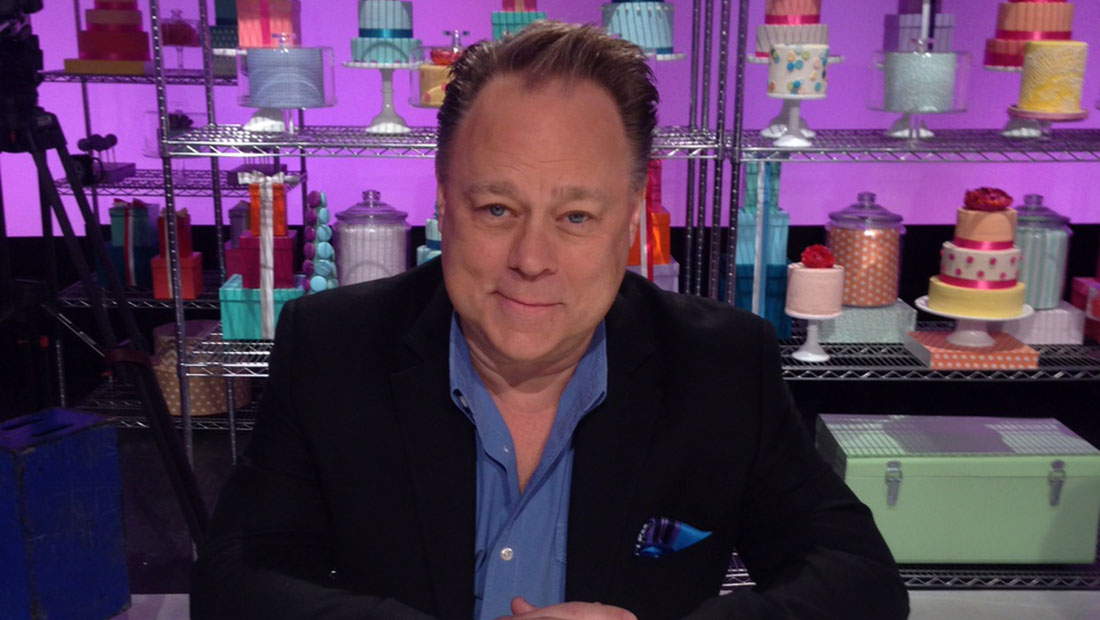
Like any career, Asbury’s had its bumps; unlike most, he chose to discuss his openly, writing a candid article for Cartoon Brew about the emotional effects of seeing two of his films underperform at the box office. In a separate piece for us, he reflected on the combination of skill and luck that marked his career.
Read our full obituary here.
Denise Blakely Fuller, matte painter and layout artist (b. 1967)
Across nearly three decades, Blakely Fuller helped design the worlds of well-known features and tv series. Her talents took her to Pixar (Toy Story 3, Brave), Sony Pictures Imageworks (Hotel Transylvania, Cloudy with a Chance of Meatballs 2), Warner Bros. Animation (Coconut Fred’s Fruit Salad Island), Reel FX (The Book of Life), and Rhythm and Hues (Elf). She also worked on games like Goldeneye: Rogue Agent at Electronic Arts.
Read our full obituary here.
Kobe Bryant, writer and executive producer of Dear Basketball (b. 1978)
Bryant’s untimely death in a helicopter crash shocked everyone, but drew particularly heartfelt tributes from the animation industry, where the NBA star had started to forge a new career. He appeared on the scene with his Oscar-winning short Dear Basketball, which he wrote, starred in, and executive-produced. We later learned that he’d been planning to launch an animation studio of his own, with animators Sergio Pablos and Bruce Smith potentially involved.
Read our round-up of tributes here.
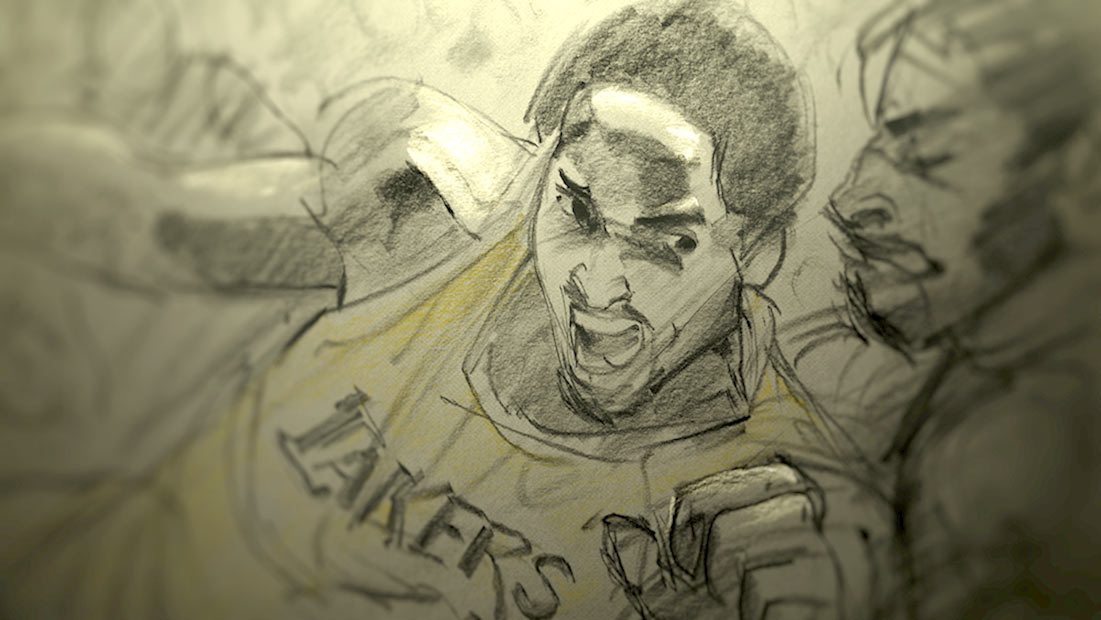
Marge Champion, actor, dancer, and model for Snow White (b. 1919)
Scouted by Disney aged 13, Champion modeled for the title role in Snow White and the Seven Dwarfs, the animators rotoscoping her movements and using them as detailed reference. She went on to model for several other characters at the studio, including the Blue Fairy in Pinocchio and the hippo ballerinas in Fantasia.
After that, she embarked on a successful career as an actor and dancer, establishing herself in Hollywood and also making a mark on the emerging medium of television with her husband, dancer Gower Champion. Yet she later reflected that her stint as an animation model inspired her to go down this path: “Having that over-the-top training by the time I was 18, I wanted to take real theater training.”
Read our full obituary here.
Doug Crane, animator and industry artist (b. 1935)
A towering figure on the East Coast animation scene, Crane started out inking Flebus at Terrytoons in the 1950s, and remained active as an artist and educator well into this century. In the course of his epic career, he worked in series, commercials, and features, lending them his considerable talents as an animator, but also in storyboarding, layout, backgrounds, and character design.
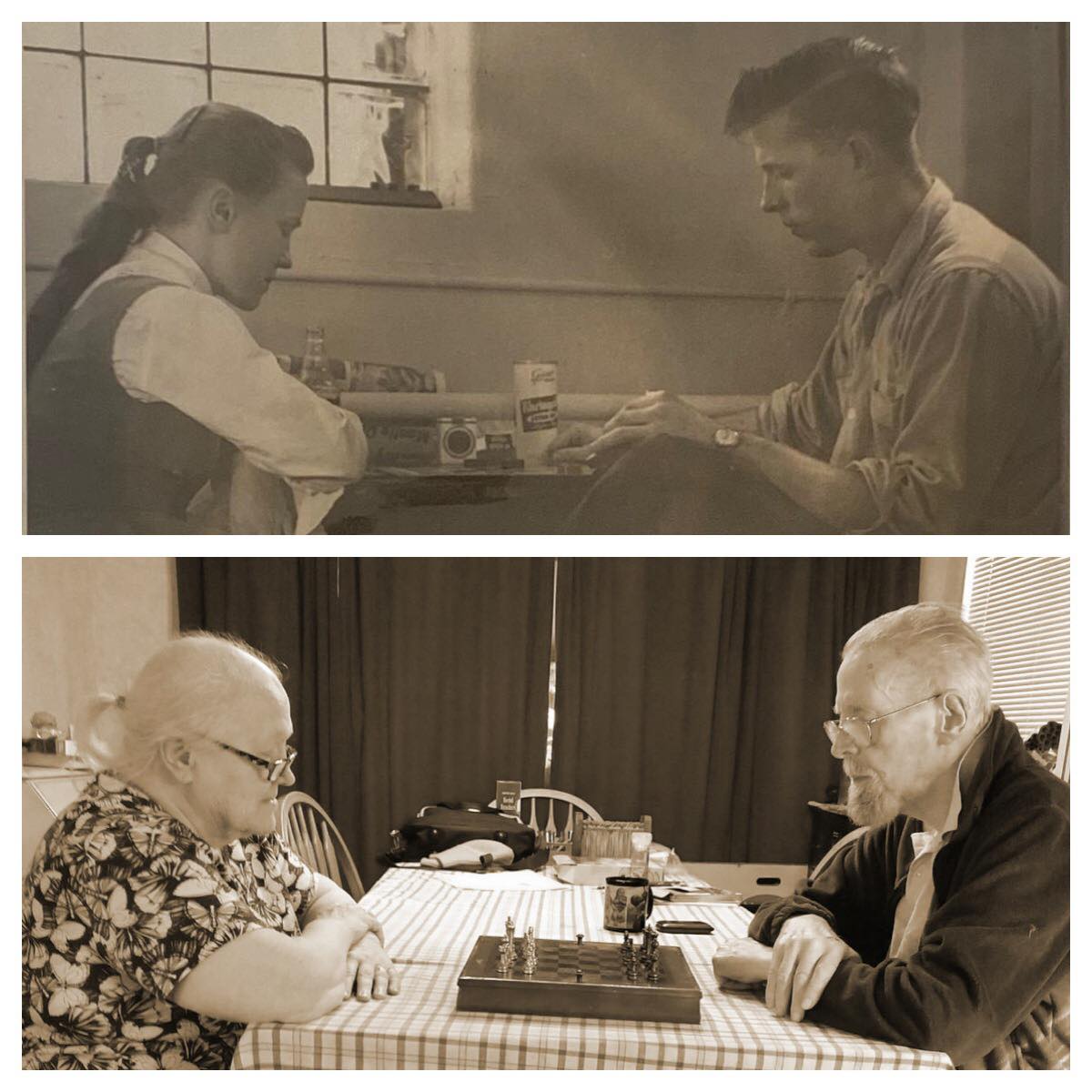
Crane’s credits include Beavis and Butt-Head, Mighty Thor, The Smurfs, Raggedy Ann & Andy: A Musical Adventure, He-Man and the Masters of the Universe, and Heavy Metal. Richard Williams, his director on Raggedy Ann & Andy, paid tribute to his skill: “Anything that would scare a normal animator, you give to Doug.” Crane’s wife of 61 years, fellow artist Maureen Crane, predeceased him by two days.
Read our full obituary here.
Gene Deitch, Cartoon Modernist who headed UPA New York And Terrytoons (b. 1924)
Director, producer, animator, production designer, and illustrator, Deitch enjoyed a long career that was as consequential as it is tricky to summarize. Hired as one of UPA’s first employees, he was eventually made creative director of its New York studio when it was one of the most recognized and critically lauded producers of animated tv commercials in the country.
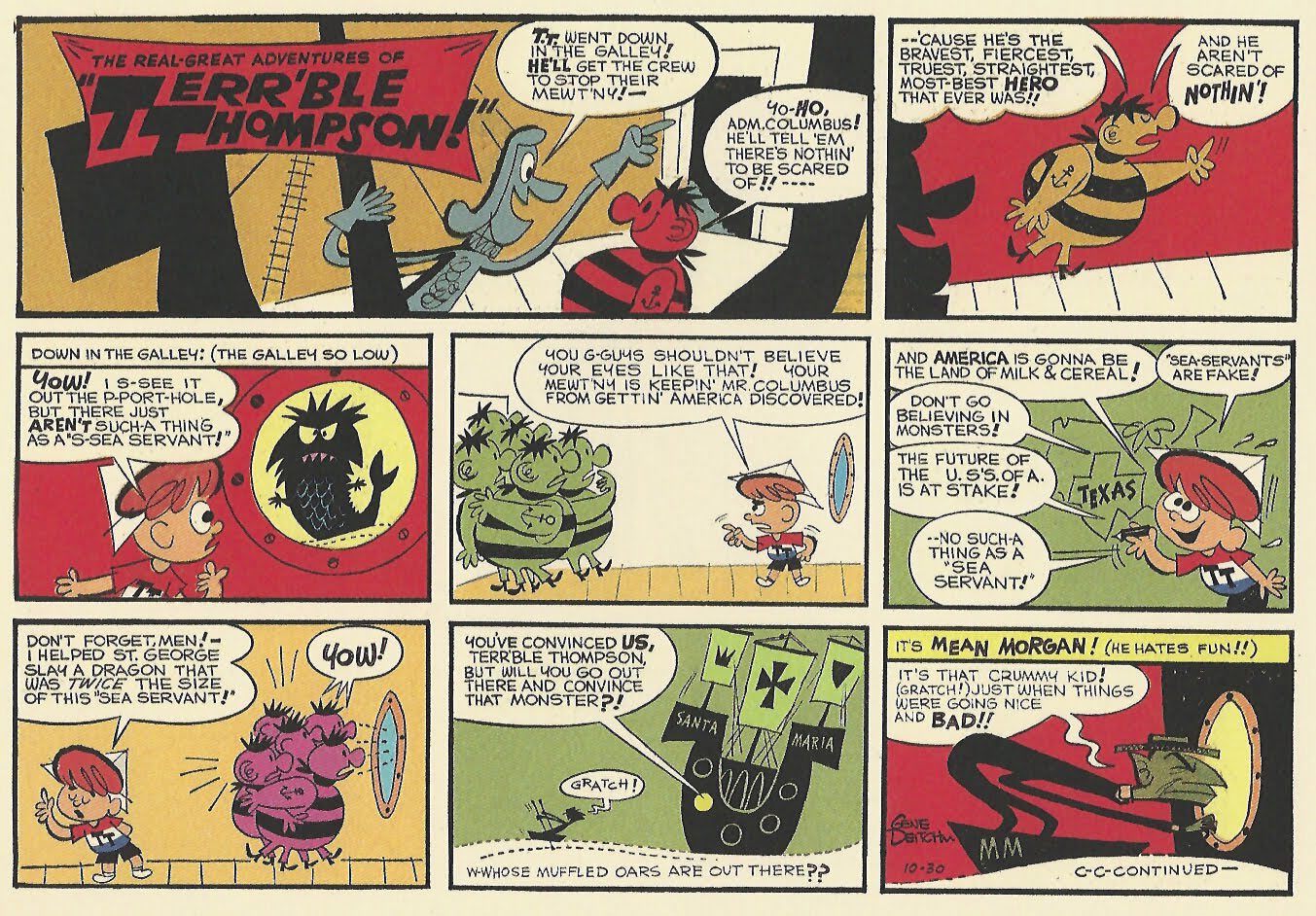
He then turned around CBS’s struggling Terrytoons, which became a respectable producer of modern cartoon shorts under his tenure as creative director. Then, having founded his own studio Gene Deitch Associates, he moved to communist Czechoslovakia, never returning to the U.S. This period of his career saw him direct hundreds of works, including the Oscar-winning short Munro, a notorious series of Tom & Jerry shorts, and numerous animated adaptations of children’s books for the American company Weston Woods Studios.
Read our full obituary here.
Tony Eastman, animator and director (b. 1942)
A mainstay of the East Coast animation scene, Eastman animated countless commercial spots at studios like The Ink Tank and J.J. Sedelmaier Productions. He was also prolific in series, serving as the supervising director for the first season of Nickelodeon’s Doug, and also working on Codename: Kids Next Door, Courage the Cowardly Dog, Daria, Beavis and Butt-head, Sheep in the Big City, and Kablam!.
Later in life, Eastman followed his father, the illustrator and writer P.D. Eastman, into children’s books. As “Peter Eastman,” he wrote and illustrated a trio of books featuring Fred and Ted, the canine stars of his father’s classic book Big Dog…Little Dog.
Read our full obituary here.
Rob Gibbs, Pixar director and story artist (b. 1964)
Gibbs started out in story and visual development at Walt Disney Feature Animation, where his credits included Pocahontas and Fantasia 2000, before moving to Pixar, where he spent most of his career.
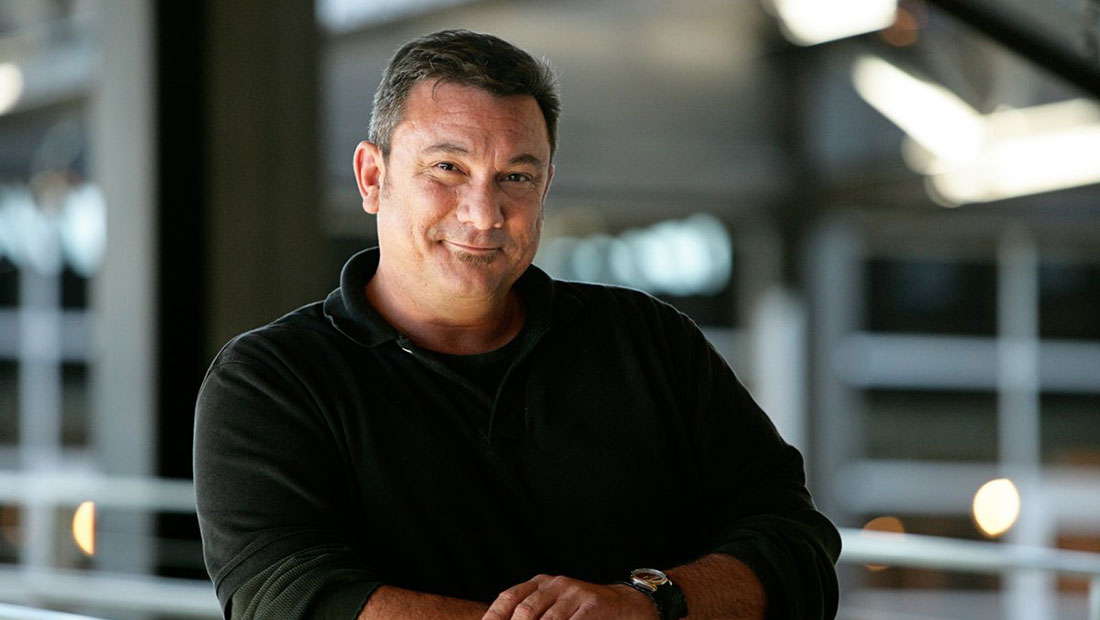
There, he directed or co-directed numerous projects at the studio, including Tokyo Mater, Air Mater, episodes of Mater’s Tall Tales, and the upcoming Disney+ series Monsters at Work. As a story artist, Gibbs contributed to films including Toy Story 2, Monsters, Inc., Finding Nemo, Up, and Wall-E. At the time of his death, he was preparing to co-direct the upcoming (non-Pixar) film Hump, which was to have been his feature directorial debut.
Read our full obituary here.
Helen Komar, animator (b. 1927)
Born in a Polish part of Hungary, Komar emigrated to Canada then New York City, where she contributed her formidable talents as an assistant animator and animator to countless films, series, and commercials across nearly half a century.
She worked on series like Popeye the Sailor, Casper the Friendly Ghost, and the original Spider-Man. Her film credits include Ralph Bakshi’s Fritz the Cat, Maurice Sendak’s Really Rosie and Chicken Soup with Rice, Richard Williams’s Raggedy Ann & Andy: A Musical Adventure, and the Emmy-winning The Soldier’s Tale. She was also a production co-ordinator for John and Faith Hubley.
Luis Alfonso Mendoza, Spanish voice of Bugs Bunny (b. 1964)
Mendoza was one of Mexico’s most successful voice actors and dubbing artists, voicing the likes of Bugs Bunny, Daffy Duck, Dragon Ball’s Gohan, the title character in Count Duckula, and Teenage Mutant Ninja Turtles’ Leonardo in Latin American Spanish dubs. He and his family also operated Artspot, a respected, long-running training school that taught dubbing, voice-over, and radio production.
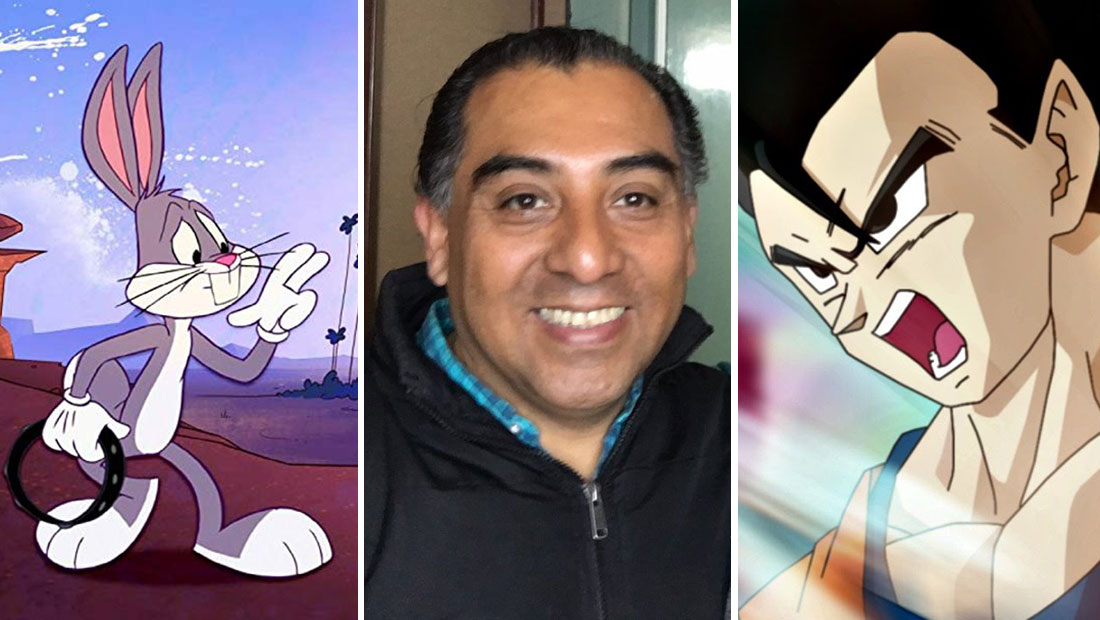
Read our full obituary here.
Maureen Mlynarczyk, animation timer (b. 1972)
As a timer and timing director, Mlynarczyk worked for leading studios including Cartoon Network (Adventure Time, Steven Universe, Clarence, Victor and Valentino), Fox Television Animation (Family Guy, The Cleveland Show, American Dad!), Walt Disney Television Animation (Fillmore!, Recess, American Dragon: Jake Long), Warner Bros. Animation (What’s New, Scooby-Doo?), and Titmouse (Big Mouth). She earned seven Emmy nominations, winning in 2017 for her work on Adventure Time.
Read our full obituary here.
Sue Nichols Maciorowski, visual development artist (b. 1965)
Nichols played a pivotal role in the visual development of Disney’s features during its 1990s renaissance and beyond — a time when this part of the production process at the studio was largely occupied by male artists. She worked on modern classics like Beauty and the Beast, The Lion King, Hercules, and Mulan; characters she designed include Jafar in Aladdin and Frollo in The Hunchback of Notre Dame.
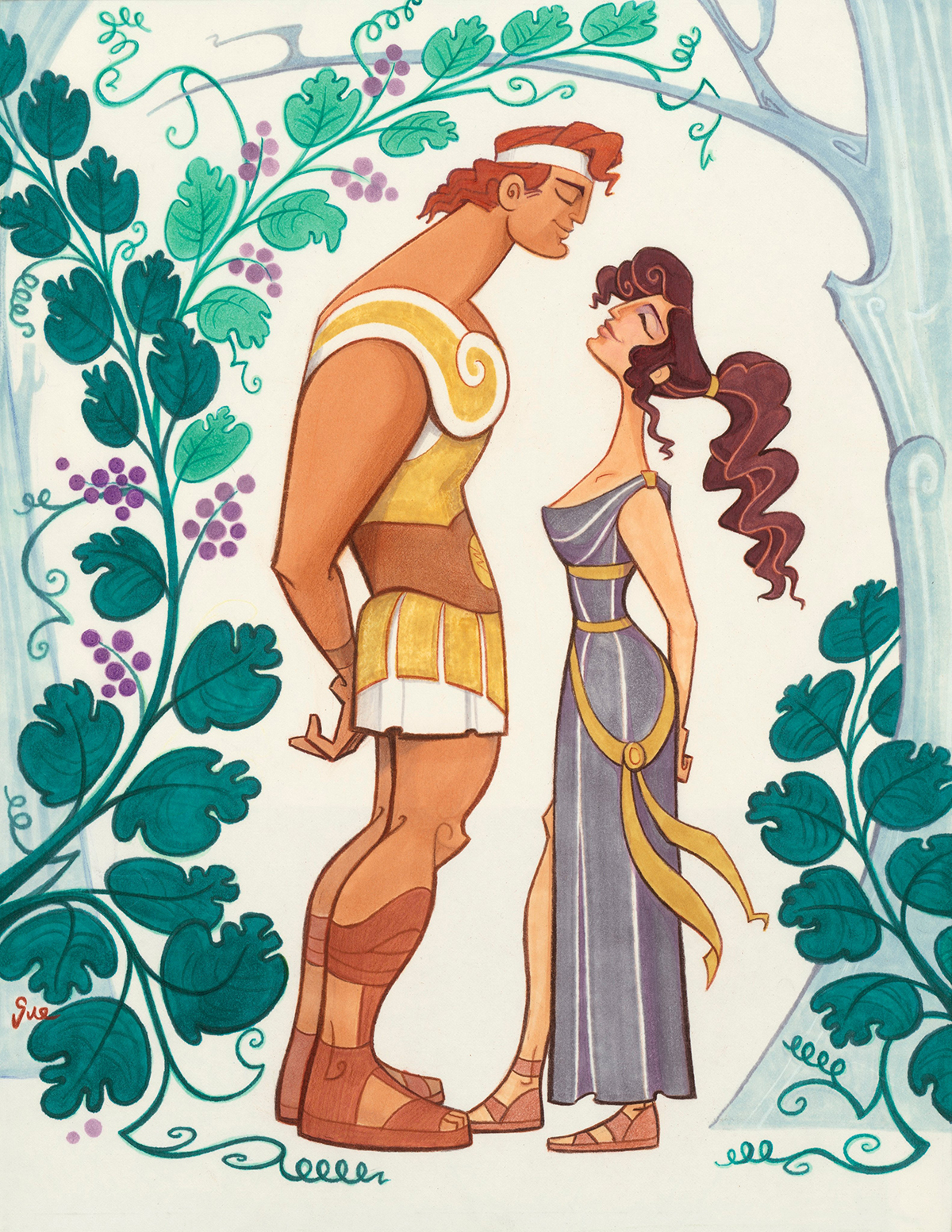
With her sharp eye and talent for research, Nichols greatly influenced the production design of several Disney features: on Hercules, for instance, she created a style guide that determined the film’s reimagining of ancient Greek design. Her unique role earned her the unprecedented title “production stylist.”
Read our full obituary here.
Vatroslav Mimica, luminary of the Zagreb School of Animation (b. 1923)
Although only involved in animation production for just over a decade of his long life, the Croatian filmmaker Mimica left an indelible mark on the medium, helping to establish the distinctive style of his home city that came to be known as the “Zagreb school of animation.” As a writer and director, he partnered with talented artists to create films that combined deep explorations of loneliness and alienation with bold graphic experiments.
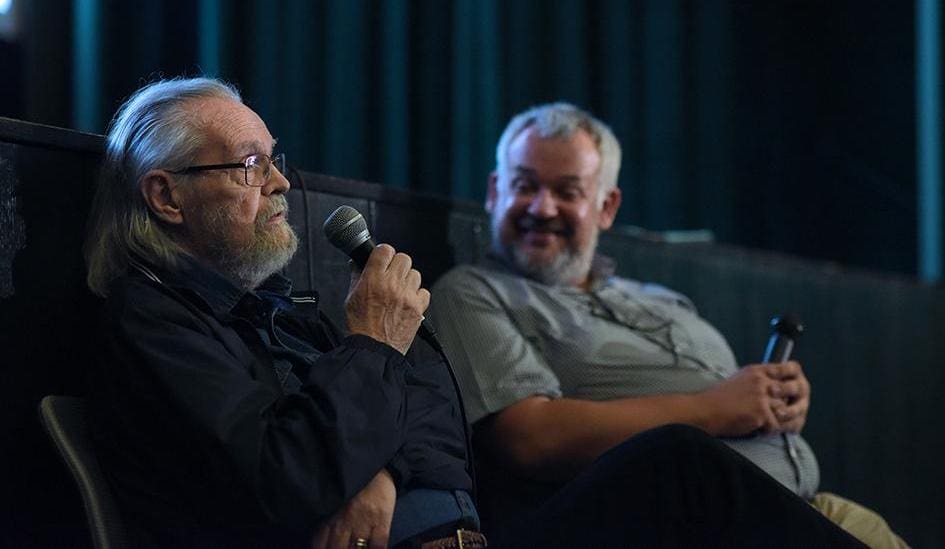
Mimica’s epochal 1958 film Alone, which he made with Aleksandar Marks, played at Cannes and won the grand prix at the Venice Film Festival. He continued to write and direct animated films throughout the 1960s, concluding with The Firemen (1971), then dedicated the rest of his career to live action.
Read our full obituary here.
Juan Padrón, titan of Cuban animation (b. 1947)
Arguably the most important figure in the history of Cuban animation, Padrón created works and characters — notably the liberation fighter Elpidio Valdés — that have transcended their mediums to enter the Cuban popular imagination. He also spearheaded many changes in the way animation is made in his country.
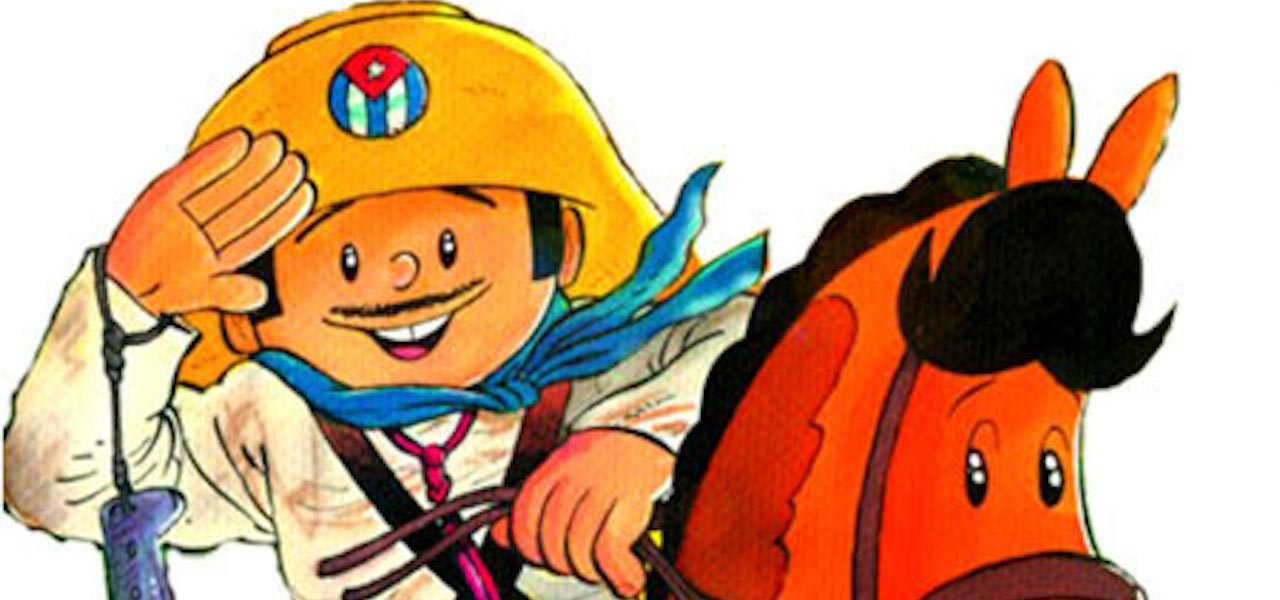
Padrón created Elpidio Valdés while working as a cartoonist in the 1970s; the character went on to star in some 30 shorts and three features. Meanwhile, the artist struck a more adult tone in his contributions to the long-running show Filminutos, and also directed Vampires in Havana, which became a cult hit abroad.
Read our full obituary here.
Anatoly Prokhorov, pioneer of Russian independent animation (b. 1948)
The work for which Prokhorov is best known, the hit kids’ series Kikoriki, is only one part of an unusually rich and varied legacy. As a creator and producer, Prokhorov was equally influential in mainstream and auteur animation.
He co-founded the Soviet Union’s first private animation studio, Pilot, going on to mentor many leading lights of post-Soviet Russian animation. In all, he co-produced more than 30 animated films including Aleksey Kharitidi’s short Gagarin, which won a prize at Cannes and was nominated for an Oscar in 1996.
Read our full obituary here.
John Rooney, executive director of Toronto Animation Arts Festival International
Rooney was named executive director of TAAFI this spring, bringing to the role a wealth of industry experience and a renowned knowledge of animation. He helped shape Canadian kids’ programming in the 1990s and 2000s, serving as director of programming at YTV. He played a key role in developing Corus Kids & Family Brands and created strategies for the likes of Bionix, Nickelodeon Canada, and ABC Spark Canada.
After moving to Teletoon, Rooney oversaw content strategy for Teletoon and Teletoon Retro as the channel’s director of programming. There, he was responsible for launching Cartoon Network and Adult Swim in Canada.
Joe Ruby and Ken Spears, creators of Scooby-Doo (b. 1933 and 1938)
On their deaths, Ruby and Spears were fêted above all as the creators of Scooby-Doo, Where Are You!, the iconic mystery series they devised while writing for Hanna-Barbera Productions in the late 1960s. Yet that show was only an early highlight in a professional partnership that spanned decades and multiple companies, culminating in their own studio Ruby-Spears Productions (later Ruby-Spears Enterprises).
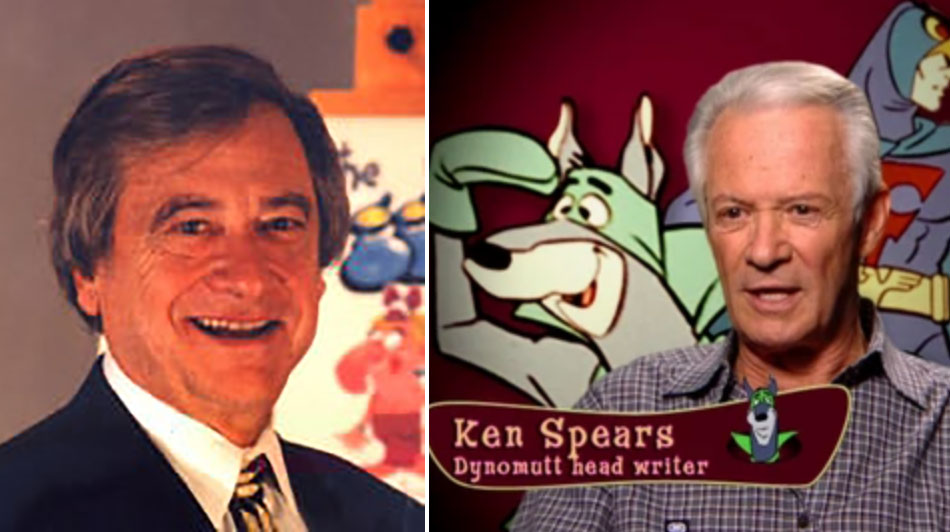
As writers and producers, the pair were a dominant force in Saturday morning cartoons throughout the 1970s and 1980s. Their studio produced a run of shows, often with a zany, surreal bent, including Fangface, Mister T, Turbo Teen, and the 1980s reboot of Alvin and the Chipmunks. They remained friends and creative collaborators throughout, and their careers are inextricably linked; it’s fitting that they died within months of one another.
Read our full obituaries of Ruby and Spears.
Tuck Tucker, industry artist and Hey Arnold! director (b. 1961)
As a multi-talented artist working chiefly in layout, storyboard, writing, and directing, Tucker played a central role in the 1990s boom of storyboard-led shows. He was a storyboard director on Nickelodeon’s Spongebob Squarepants and Hey Arnold!, also directing many episodes and the spin-off movie for the latter. Other credits include The Simpsons, The Ren & Stimpy Show, Rugrats, and Family Guy.
Read our full obituary here.
Albert Uderzo, co-creator of Asterix (b. 1927)
Alongside writer René Goscinny, Uderzo created one of Europe’s most enduring comics in Asterix. He illustrated the series about plucky Gaulish warriors for half a century, taking over writing duties after Goscinny’s death in 1977; the franchise continues to spawn animated films to this day. The artist also worked on plenty of other projects besides.
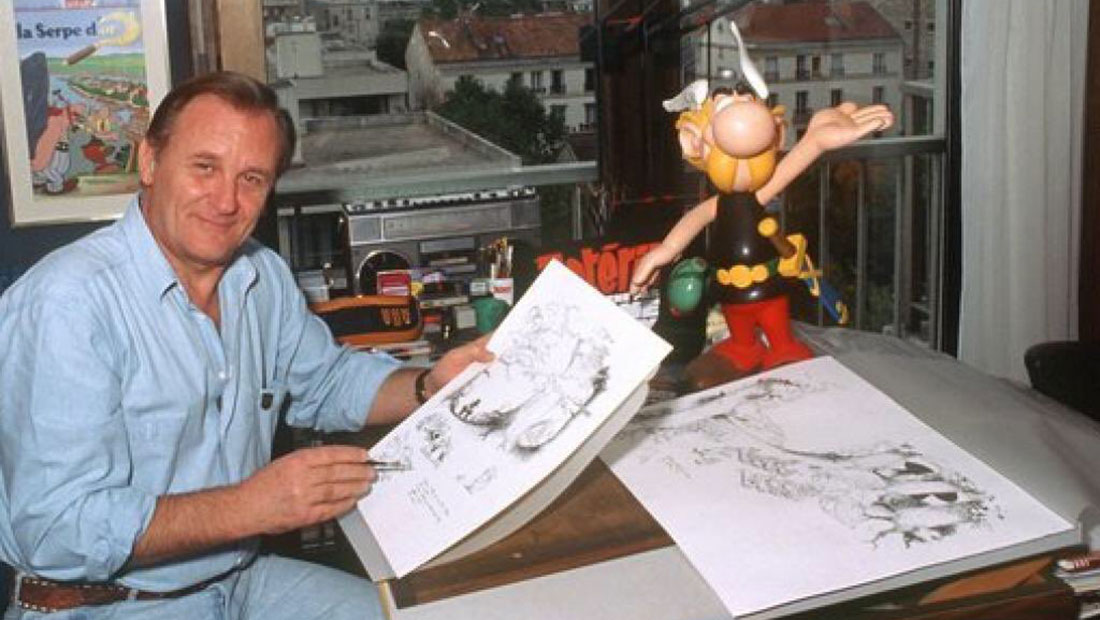
Read our round-up of tributes to Uderzo here.
Besides those listed above, here are other members of the animation community who we lost in 2020:
- Julie Bennett
- Dorris Bergstrom
- Patricia Blackburn
- Alfred Budnick
- Curtis Cim
- Ron Cobb
- Richard Corben
- Nicola Cuti
- Jason Davis
- Mort Drucker
- William Dufris
- James P. Finch
- Hubert Gagnon
- Mark Glamack
- Danny Goldman
- David Hemblen
- Ed Henderson
- Harry “Bud” Hester
- Cullen Blaine Houghtaling
- Blair Kitchen
- William “Bill” Knoll
- Hana Kukal
- David Lander
- Nancy Lane
- Juan Antonio Giménez López
- Rodolfo “Ro” Marcenaro
- David Mruz
- Francisca Moralde
- Kirby Morrow
- Kumiko Okae
- Dominic Orlando
- Joan Orloff
- Martin Pasko
- Michèle Pauzé
- Lisa Poitevint
- Joaquín Salvador Lavado Tejón, aka Quino
- Rebecca Ramsey
- Nick Rijgersberg
- Giovanni Romanini
- Cesar Romero
- Pamela Ross
- Richard Sala
- Adam Schlesinger
- Gary Schumer
- Al Sens
- Alan Short
- Ed Smith
- Norm Spencer
- Herbert Stott
- Martin Strudler
- Ann Sullivan
- Rudy Tomaselli
- Pino Van Lamsweerde
- Philip Walsh
- Craig Welch
- Fred Willard
- Paul Williams
- David Wise
- William “Bill” Wolf
- Hikari Yono
- Catherine Zar

.png)